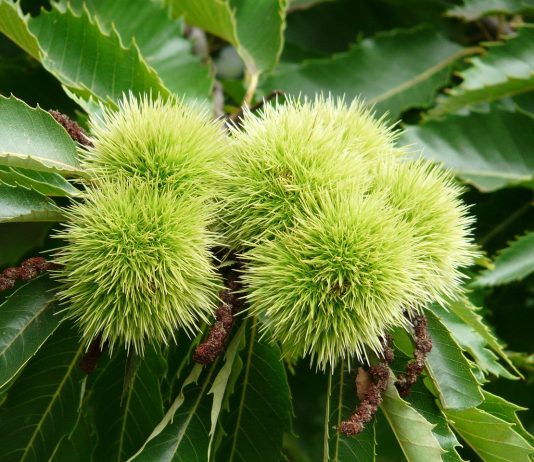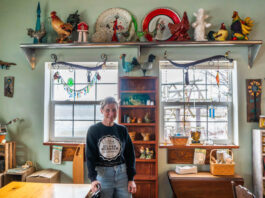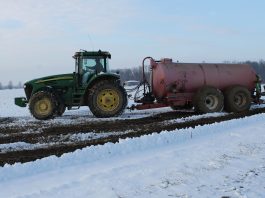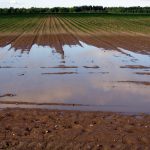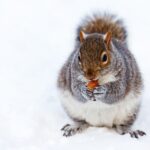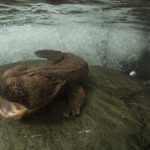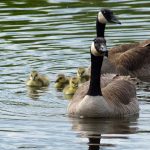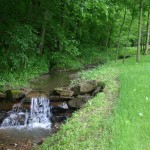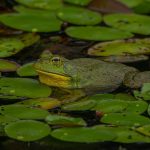Understanding stormwater runoff
Runoff water can pick up and carry many substances that pollute water. Some — like pesticides, fertilizers, oil and soap — are harmful in any quantity.
Where does Ohio’s wildlife go in the winter?
Jim Smith, district technician for the Medina Soil and Water Conservation District, explains the behavior of Ohio's wildlife during the winter months.
Raising a hellbender is rough, but rewarding
The hellbender is the largest native salamander found in North America and is found within the unglaciated ragged hills of Appalachia and the Ozarks.
Winter is the most valuable time of year for conservation
Winter is not the off-season for conservation. Learn how cover crops, soil microbes, stockpile grazing and off-season planning boost success for spring.
When is the right time to re-seed your hayfield?
Determine when it is the right time to re-seed your hayfield based on your soil conditions and how you choose to manage your fields.
Why are there spiderwebs in my tree?
The fall webworm is native to North America and is common from Canada into Mexico. Learn why their webs are more noticeable during fall.
Geese can degrade water quality
Canada geese offer excellent hunting opportunities, but there has been a negative impact on water quality in ponds that can be attributed to geese.
Know who owns Ohio’s streams
It is important that you understand the documentation and permissions that need to be in place before beginning any project that might impact water quality.
How to hunt for frogs in Ohio
Frog season in Ohio is open from 6 p.m. June 11 to April 30, 2022. Learn more about hunting techniques and regulations.
Geotextile fabric great for heavy-use
As beneficial as soil is, even we conservationists have a hard time extolling its virtues when spring rains turn farms to mud and the cows are standing in it up to their knees.






